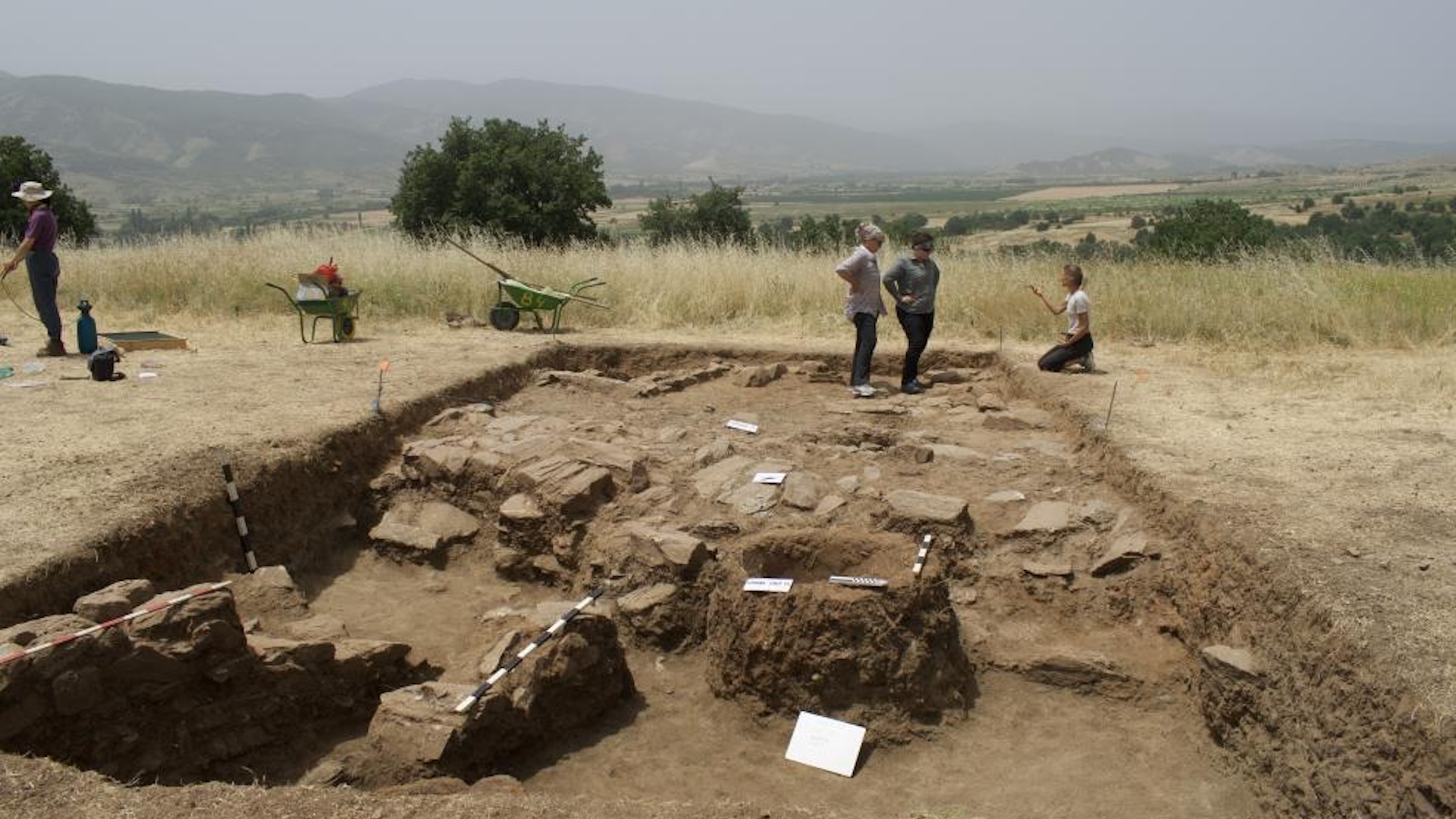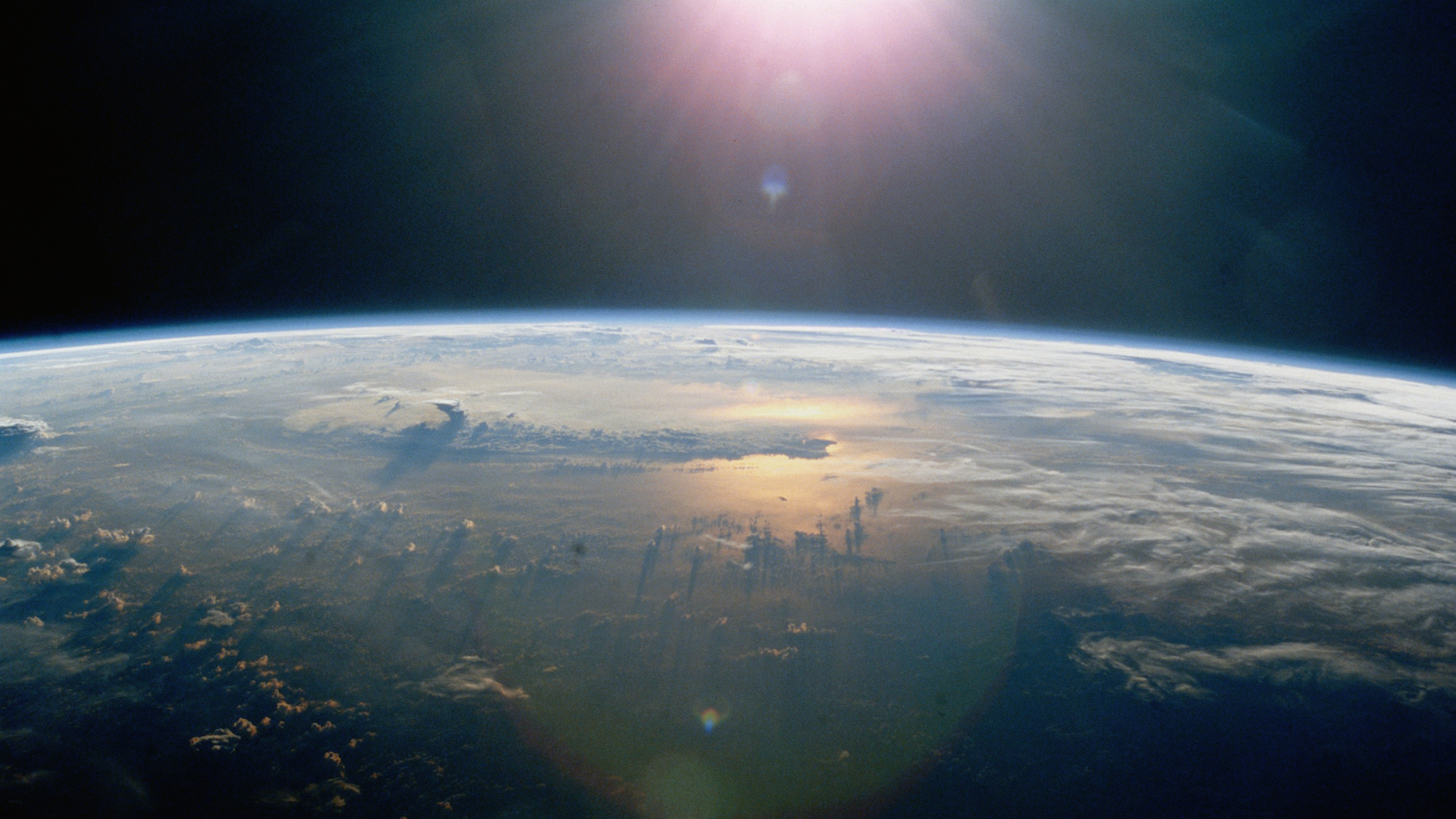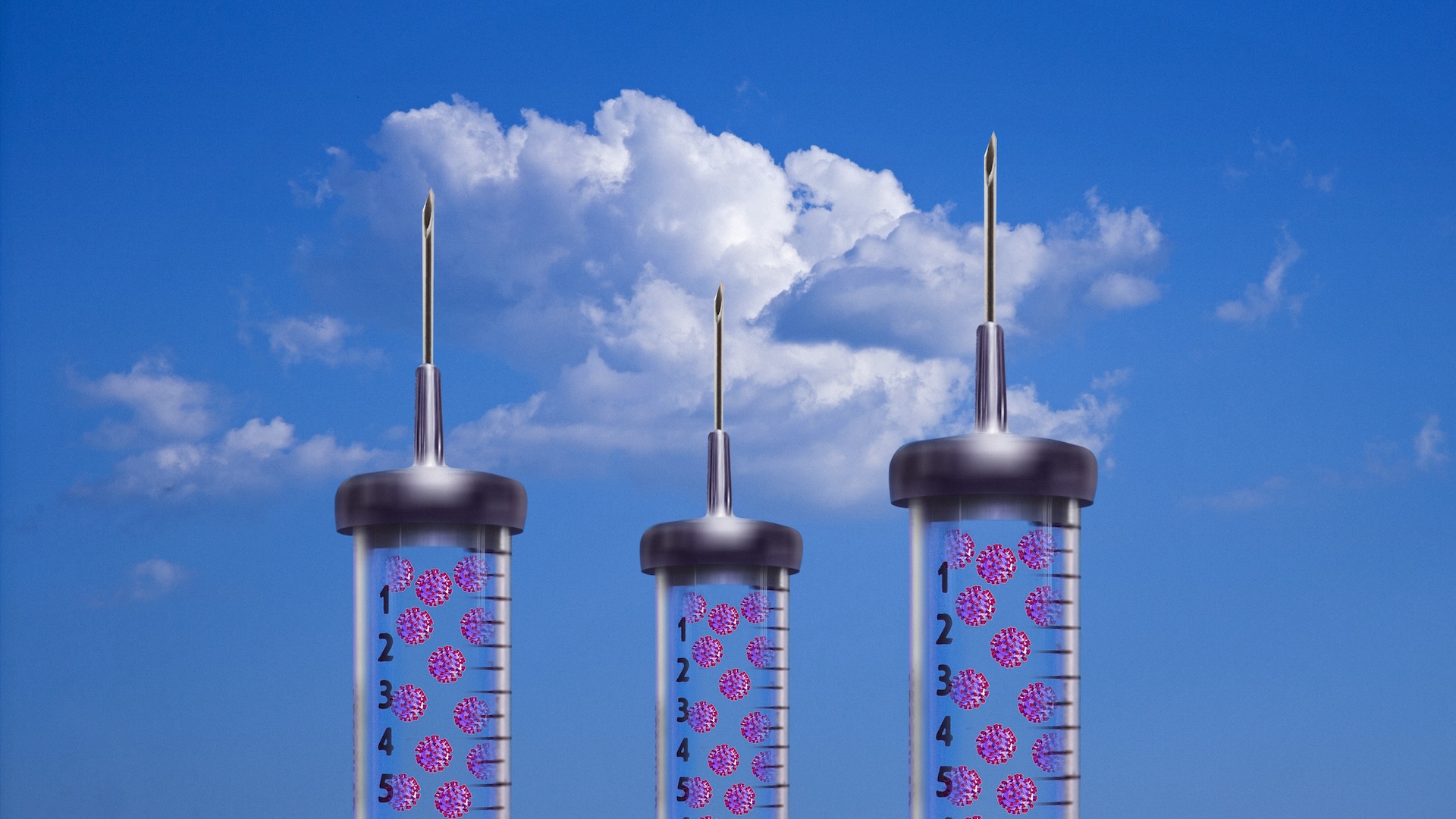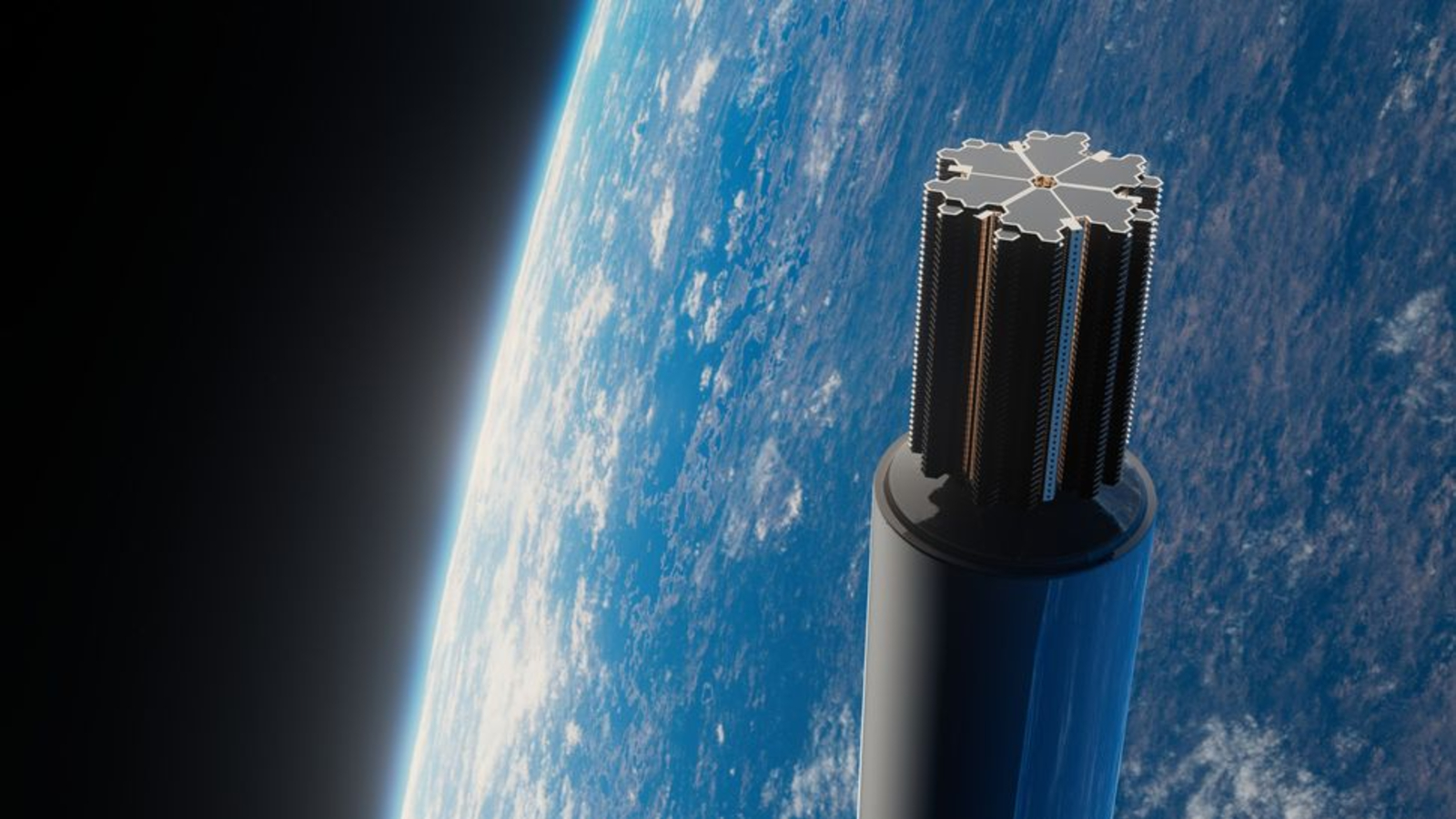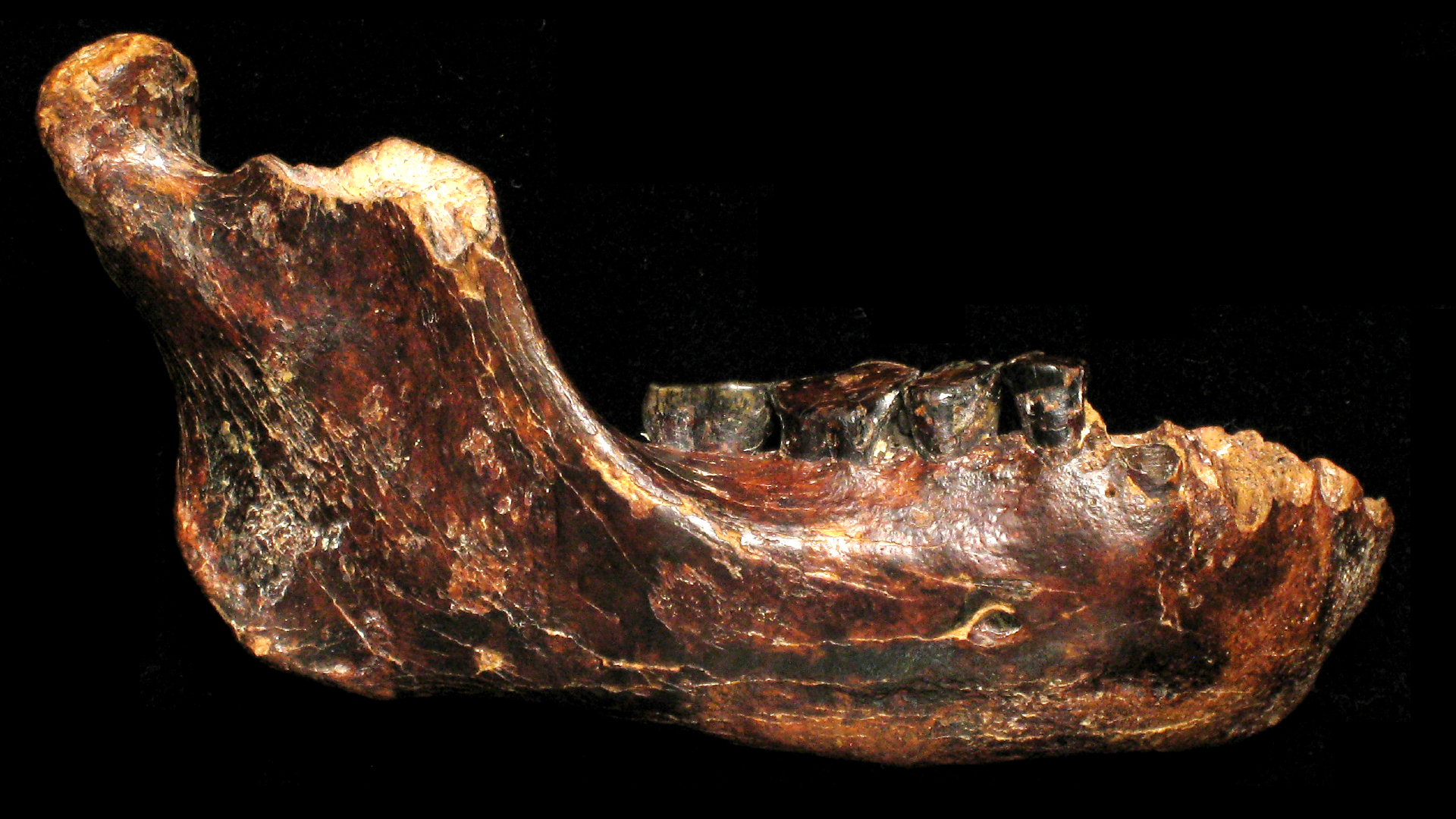'City-killer' asteroid 2024 YR4 could hit the moon instead of us, scientists say
Asteroid 2024 YR4 has a 2.3% chance of hitting Earth in the year 2032. But according to new estimates, it may have an even smaller chance of hitting the moon instead.
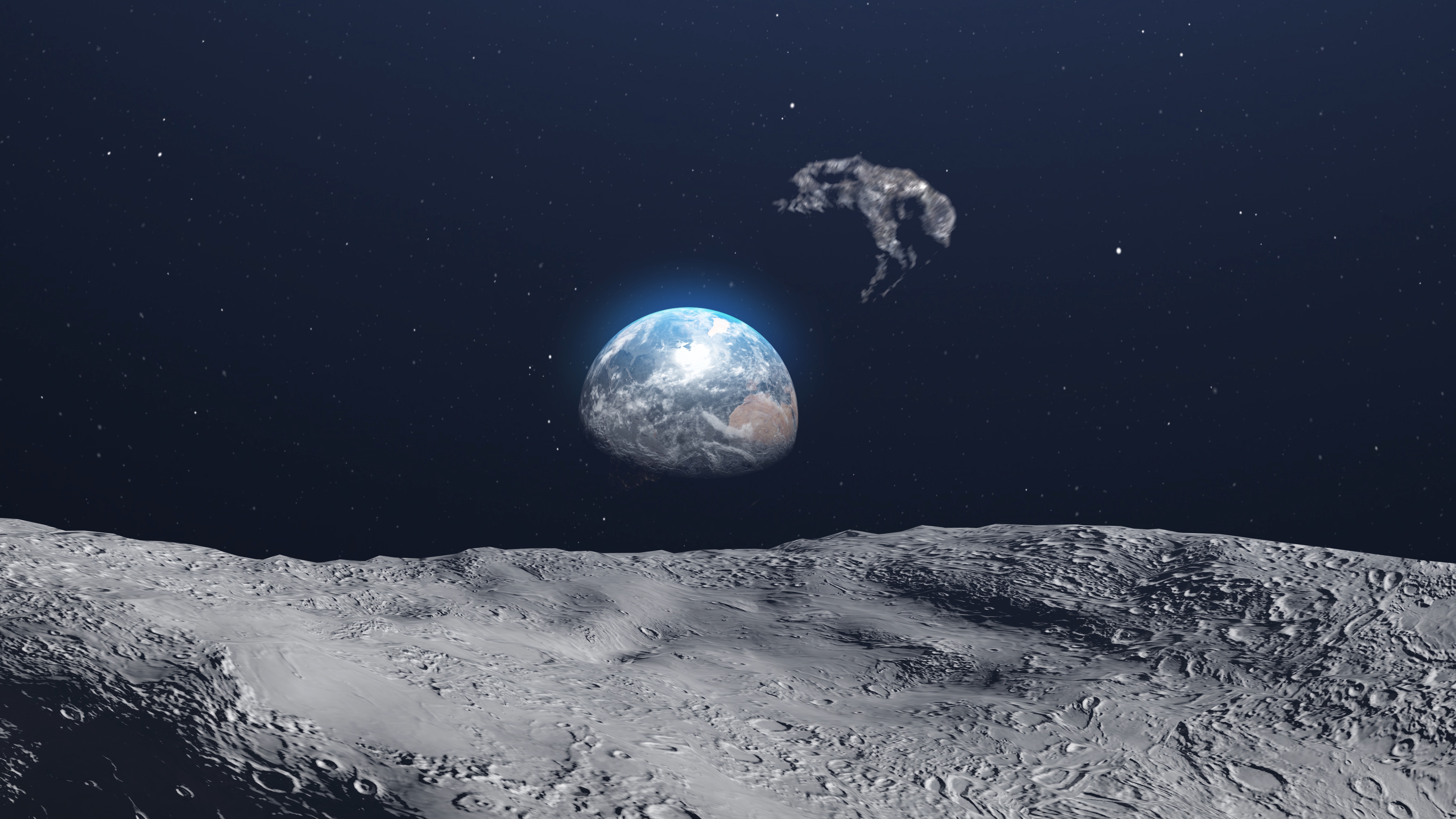
An asteroid that's big enough to wipe out a city has a 1-in-43 chance of hitting our planet in the year 2032. But according to new calculations, there's an even smaller chance that it might crash into the moon instead.
On Feb. 7, NASA scientists increased the likelihood of asteroid 2024 YR4 colliding with Earth on Dec. 22, 2032, nearly doubling the odds from 1.2% to 2.3%.
The potentially hazardous asteroid measures an estimated 180 feet (55 meters) across — about as wide as Walt Disney World's Cinderella Castle is tall — and is traveling at nearly 30,000 mph (48,000 km/h). Although it is too small to end human civilization, 2024 YR4 could still wipe out a major city, releasing about 8 megatons of energy upon impact — more than 500 times the energy released by the atomic bomb that destroyed Hiroshima, Japan. But what if it hurtled into the moon instead?
David Rankin, an operations engineer for the University of Arizona's Catalina Sky Survey, revealed in a post on Bluesky that the asteroid also has a 0.3% chance of hitting our natural satellite. The effects of this unlucky collision would likely be visible from our planet — although we, ourselves, would probably be unaffected.
"There is the possibility this would eject some material back out that could hit the Earth, but I highly doubt it would cause any major threat," Rankin told New Scientist.
That does not mean we wouldn't see it. Rankin told Live Science that, based on current estimates, a collision with the moon could release more energy than 340 Hiroshima bombs. "It would likely be very visible from Earth," he said.
However, Gareth Collins, a professor of planetary science at Imperial College London, told New Scientist that "we would be quite safe on Earth." He added that any material ejected from the collision would likely burn up in Earth's atmosphere.
Sign up for the Live Science daily newsletter now
Get the world’s most fascinating discoveries delivered straight to your inbox.
Related: How many space rocks hit the moon every year?
Throughout its history, the moon has been subject to countless asteroid bombardments, as can be seen by its crater-pocked surface. However, if the moon were to take the hit from 2024 YR4, it would be left with a crater up to 1.2 miles (2 kilometers) across, New Scientist reported. (That's just a pothole compared with the moon's largest crater, the South Pole-Aitken basin, which spans more than 1,500 miles (2,400 km) in diameter.)
The probability of the space rock hitting either Earth or the moon is still very low, and an international team of scientists has been granted emergency use of the James Webb Space Telescope (JWST) to learn more about the space rock's size and trajectory before it leaves Earth's view for the next few years.
So far, astronomers have only observed 2024 YR4 using telescopes on Earth, and they've estimated its size by measuring the amount of light that bounces off the asteroid. But this is a fairly imprecise estimate. Instead, JWST will measure the heat emitted from the asteroid itself, which will create a much clearer picture of the asteroid's size and surface composition.
"As of now, there is still a 97.9% chance of a miss with respect to Earth," Rankin told Live Science in an email. "When the odds doubled from 1% to 2%, this caused a lot of noise. It's not the same thing as going from 40% to 80% though. This asteroid is nothing to lose sleep over."

Pandora is the trending news editor at Live Science. She is also a science presenter and previously worked as Senior Science and Health Reporter at Newsweek. Pandora holds a Biological Sciences degree from the University of Oxford, where she specialised in biochemistry and molecular biology.
You must confirm your public display name before commenting
Please logout and then login again, you will then be prompted to enter your display name.

